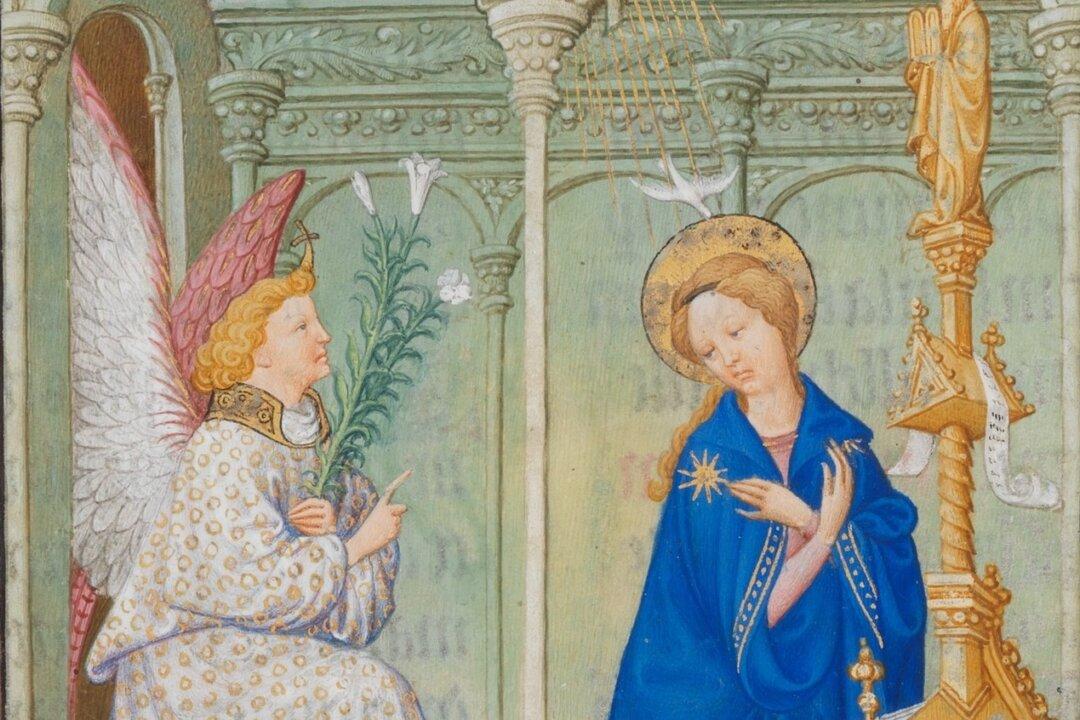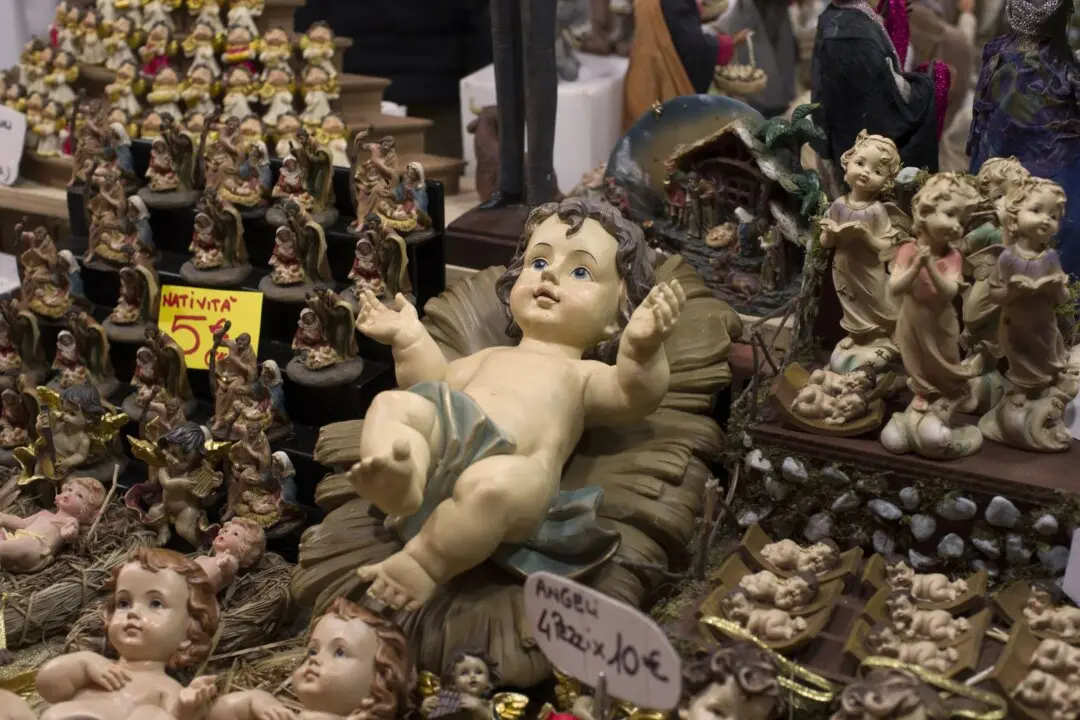In 1405, three Flemish teenage brothers—Herman, Pol, and Jean of Limbourg—began a commission that would alter the art of illumination and painting.
Prince Jean, the Duke of Berry and the third son of King Jean II of France, was an extravagant art patron. He commissioned the brothers to create “The Beautiful Hours of Jean of France, Duke of Berry.”






